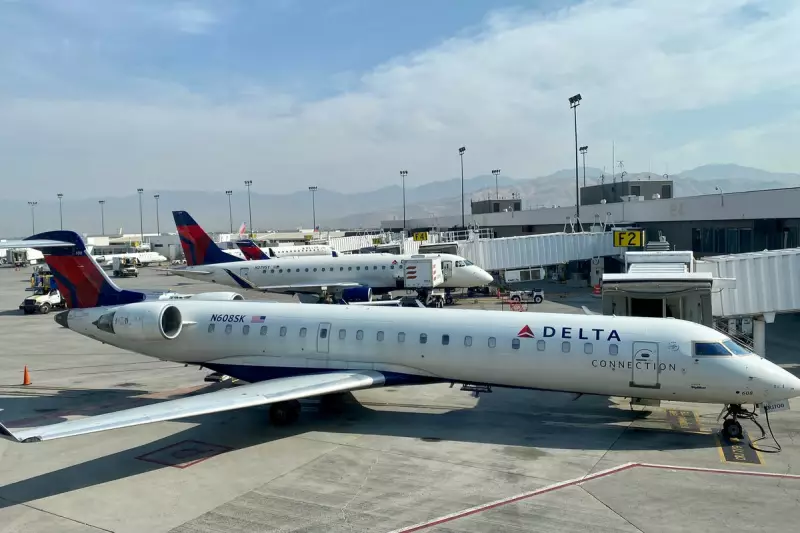
A routine Delta Air Lines flight carrying 189 passengers and crew transformed into a scene of potential catastrophe over Wisconsin, when the commercial jet came within a mere 200 feet of colliding with a smaller Cessna aircraft in what aviation officials are calling a dangerously close call.
The Heart-Stopping Moment
Flight 2061, en route from Milwaukee to Atlanta, was climbing through approximately 11,000 feet when air traffic controllers issued an urgent warning. The proximity alert sent the Delta pilots into immediate emergency manoeuvres to avoid what could have been one of the worst aviation disasters in recent memory.
According to preliminary reports from the Federal Aviation Administration (FAA), the two aircraft came within 200 feet vertically and just over a mile horizontally - distances that in aviation terms represent an extremely critical situation requiring immediate evasive action.
Emergency Response and Investigation
The FAA has launched a full investigation into the 26th February incident, examining communication records, radar data, and pilot responses to determine how two aircraft on different flight paths came so dangerously close in controlled airspace.
"This was not just a routine traffic alert," explained an aviation safety expert familiar with the investigation. "At these closing speeds and distances, we're talking about seconds making the difference between a near-miss and a catastrophic mid-air collision."
Passenger Awareness and Aftermath
While the exact manoeuvres taken by the Delta pilots haven't been disclosed, aviation experts suggest they likely involved immediate altitude changes and potentially sharp turns to create separation. Many passengers onboard the Airbus A320 may have been unaware of the gravity of the situation, though some likely experienced the sudden aircraft movement.
The incident occurred in airspace managed by the Chicago Air Route Traffic Control Center, raising questions about traffic management and communication protocols in busy flight corridors.
Broader Safety Implications
This near-miss comes amid increasing concerns about airspace congestion and close calls at various airports across the United States. Aviation safety records show that while fatal accidents remain rare, these types of proximity events have drawn increased scrutiny from regulators and safety advocates.
The National Transportation Safety Board (NTSB) has been tracking similar incidents nationwide, with several high-profile near-misses prompting calls for enhanced safety measures and updated technology in air traffic control systems.
Both Delta Air Lines and the FAA have confirmed they are cooperating fully with the investigation, while emphasizing their commitment to the highest safety standards for all aircraft operations.





